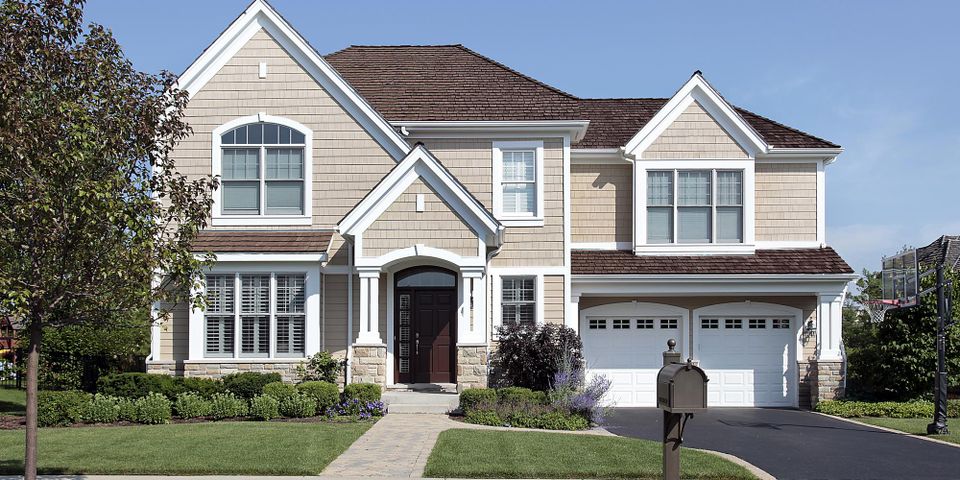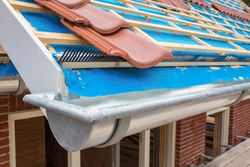What Homeowners Should Know About Roof Pitches

If your roof has fallen into disrepair or reached the end of its life, a roofer will take the roof pitch into account when determining the replacement estimate. How quickly the water sheds from the roof is based on the pitch. By understanding the pitch, roofers will know what materials are best suited to drain the runoff from the membrane. Below, learn how a roof pitch is calculated and what materials to choose.
What Is a Roof Pitch?
Pitch refers to the roof incline in terms of the number of inches the membrane rises for every 12 inches in depth. First, roofers measure the vertical height of the roof or rise. Next, they calculate the span of the membrane or the distance between the top plates of two outside walls. The roofing contractor will divide the rise by the span to determine the pitch.
What Are the Different Types?
 A classic gable roof has two steep sides that come together at an angle to form a triangle or upside-down “V.” The angle helps rain runoff drain to gutters, while also providing more overhead space in the attic. To shed snow, the pitch of a gable roof should be at least 10/12.
A classic gable roof has two steep sides that come together at an angle to form a triangle or upside-down “V.” The angle helps rain runoff drain to gutters, while also providing more overhead space in the attic. To shed snow, the pitch of a gable roof should be at least 10/12.
A hip roof features inward slopes on four sides, which all come together at the top to form a ridge. The durable systems need a pitch of 4/12 to 6/12 to withstand strong winds.
A gambrel roof resembles the angular top of a barn. It is often found in Dutch Colonial and Georgian architecture. Each side features two slopes, with the steeper of the two on the bottom. The average pitch for this style roof is a 20/12 at the bottom and 4/12 at the top.
Which Material Should You Choose Based on the Pitch?
The angle of a low-pitched roof is .25/12 to 3/12. Shingles can easily fly off at a low angle, which is why the membranes are covered with tar and gravel, modified bitumen, or rubber. A pitch of 2.5/12 to 4/12 won’t buckle with a double underlayment. This makes membranes with this pitch suitable for clay or cement tile installation. Asphalt shingles can protect gable roofs, hip systems, and other membranes with a pitch of 4/12 to 20/12. Standing-seam metal is suitable for pitches of 1/12 to 19/12. Metal can also cut down on maintenance costs for a gambrel system.
If you need a roof replacement, the roofers at Sandberg Contracting, LLC in McKinney, TX, can help take on the project. Serving clients in the Dallas and Fort Worth area since 2011, the insured roofers specialize in handling roof repair claims that customers file with their insurers after seasonal storms. Find out how the team will care for your residential roofing system online and call (972) 989-8100 for an estimate.
About the Business
Have a question? Ask the experts!
Send your question

